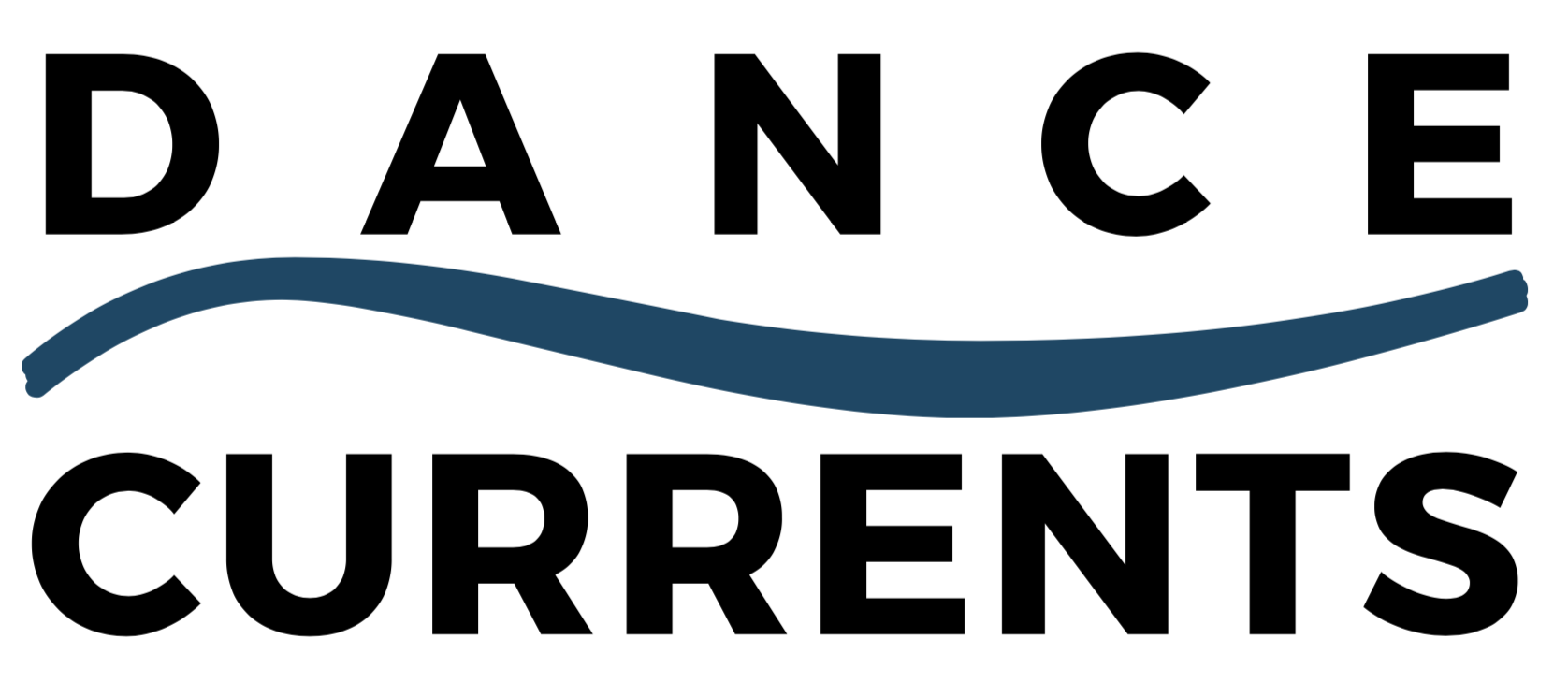 These days dance aficionados are questioning, “Is it ballet or contemporary dance?” With true blue ballet choreographers at a premium — I’m referring to hot commodities like Alexei Ratmansky and Christopher Wheeldon, although neither might attain the stratospheric heights of George Balanchine — ballet companies are stretching their artistic range with an assortment of modern/contemporary choreographers.
These days dance aficionados are questioning, “Is it ballet or contemporary dance?” With true blue ballet choreographers at a premium — I’m referring to hot commodities like Alexei Ratmansky and Christopher Wheeldon, although neither might attain the stratospheric heights of George Balanchine — ballet companies are stretching their artistic range with an assortment of modern/contemporary choreographers.
Think Twyla Tharp (fast becoming a staple in ballet companies across America), Mark Morris (Rubenesque modern, although classical in music concept), Dwight Rhoden (a fixture at Pittsburgh Ballet Theatre and resident choreographer at North Carolina Dance Theatre)…the list is seemingly endless.
Then there is Alonzo King, who is bringing his San Franciso-based company, Alonzo King’s Lines Ballet, to the August Wilson Center this weekend. He spent a number of weeks here during 1999 nurturing The Move, a short-lived company begun by Pittsburgh ballet members Andrew Blight and Terence Marling. But it wasn’t until 2005 that he unleashed his vision with a company performance at the Pittsburgh Dance Council.
Yes, his women perform mostly in pointe shoes and the style is undeniably a variation on the off-center exploration employed by Balanchine. His company begins with ballet barre. But he fudgesthe description on the company website, calling it “contemporary ballet.”
King wants to put it all to rest during a recent phone conversation. “Ballet is a misnomer,” he begins in his robust voice. “It’s an Italian word that means dance and is a moniker for what we term Western classical dance. Everything we do in the West, whether it’s hip hop, whether it’s jazz, whether it’s modern, has to do with the way the Western mind looks at the body front, side, back, above, below.”
his robust voice. “It’s an Italian word that means dance and is a moniker for what we term Western classical dance. Everything we do in the West, whether it’s hip hop, whether it’s jazz, whether it’s modern, has to do with the way the Western mind looks at the body front, side, back, above, below.”
But King also asserts that “you can’t get away from what we call classical ballet. It’s basis is not in Europe; it’s basis is in nature and primordial truths. The interpretations of different cultures produced different classical forms and all the great civilizations had that.”
He contends that Europe was in a deep cultural deficit when compared to older civilizations, noting that the Spanish language is full of Arabic terms and both algebra and arabesque are, at their root, Arabic.
 “People underestimate the science of geometry, which is ballet [or dance],” King goes on to explain. He compares the movements of India’s Kathak with Spanish flamenco, illustrating that the two distinct styles share a commonality in their footwork. In addition, their connection can easily be traced. He also laments that “no one has really done that trace for ballet. Its origins have to go back further than Catherine de Medici.”
“People underestimate the science of geometry, which is ballet [or dance],” King goes on to explain. He compares the movements of India’s Kathak with Spanish flamenco, illustrating that the two distinct styles share a commonality in their footwork. In addition, their connection can easily be traced. He also laments that “no one has really done that trace for ballet. Its origins have to go back further than Catherine de Medici.”
But King goes even deeper by stating that everything in ballet can be found in nature (“pirouettes are whirlpools or eddies”). What is a tutu? “Saturn’s rings, the nimbus around a saint’s head, a hula skirt. It’s the honoring of the sacred circle — that’s the point.”
He calls himself a “truth-seeker,” a word that defines King and his global perspective in such locales as China, India and Morocco. His company will bring a contrasting program to Pittsburgh, beginning with “Signs and Wonders,” a piece that King designed for the Dance Theatre of Harlem in 1995, which combines ballet with African music and storytelling, and “Dust and Light,” a 2008 work that falls at the other end of the King spectrum with music by Poulenc and Corelli.
with “Signs and Wonders,” a piece that King designed for the Dance Theatre of Harlem in 1995, which combines ballet with African music and storytelling, and “Dust and Light,” a 2008 work that falls at the other end of the King spectrum with music by Poulenc and Corelli.
Then it’s off to new horizons with Bejart Ballet Lausanne, Royal Swedish Ballet and Les Ballets de Monte-Carlo, with detours to work with award-winning authors Colum McCann and Howard Zinn.
It appears that all the world is indeed a King-sized stage.
For more information, visit Listings.


Recent Comments